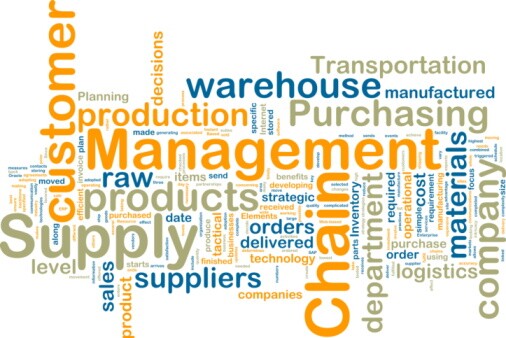
10 Steps to a Disaster Recovery Plan for Advisory Firms
But how prepared are you to deal with a major disaster, or other unexpected events that can trigger change?
Here are 10 steps that should help you and your firm build a disaster recovery plan so you can be prepared should the unimaginable arise:

1. Assess your risk both internally and externally.
Does your building or area have a history of power outages? Assess the design and construction of your facility. If another office in your building were to have an extreme issue such as a flood or fire, would that interrupt your business?
What could result from a process of system failure if your computers are compromised? Hullet advises firms to make a list of all the possible scenarios, including smaller what-ifs such as vandalism, toilet overflows and power outages.

2. Assess your critical business functions.
How long can you withstand an interruption to those critical functions? Less than 24 hours? Twenty-four to 48 hours? Seventy-two hours? What employees are essential to your business?
Are there any employees who are not cross-trained? Can work be done by another employee if one is missing for a day, or a week? How about a month?

3. Prepare your supply chain.
Develop a relationship with alternate vendors to eliminate single points of failure. Does your insurance policy cover leased property? Make sure to insure what cant be protected, and keep copies of your insurance policies stored offsite or electronically.
Also, make a list of all your personal property with serial numbers, model numbers, etc., and estimated value.

4. Create an emergency management plan.
Have a plan outlining where the office will meet and who will need to meet. Also, have a calling tree so the responsibility of initial phone calls is spread out. Also, consider using services like Log Me In or Go To My PC to have remote access to your office. Include notifications to employees, clients, vendors, suppliers and your broker-dealer.

5. Back-up your data.
Consider having a backup generator as well in case of a power outage.

6. Create a crisis communication plan.

7. Assemble an emergency kit.
If possible, try to keep two emergency kits: one in the office and one at a remote location should something happen to the building.

8. Review your insurance coverage.

9. Plan for an alternate location.
Plan A might be to stay at an advisors house for short term interruptions, but you should also have Plan B if you will be displaced for a longer period of time.

10. Test your plan.
There are many benefits of planning ahead. You can minimize damages and loss caused by a natural, market or man-made disaster; you improve your ability to cope with the unexpected; and you reduce the need for decision making when disaster happens. If the past couple months have taught us anything, it should be to act like a Boy Scout always be prepared.





